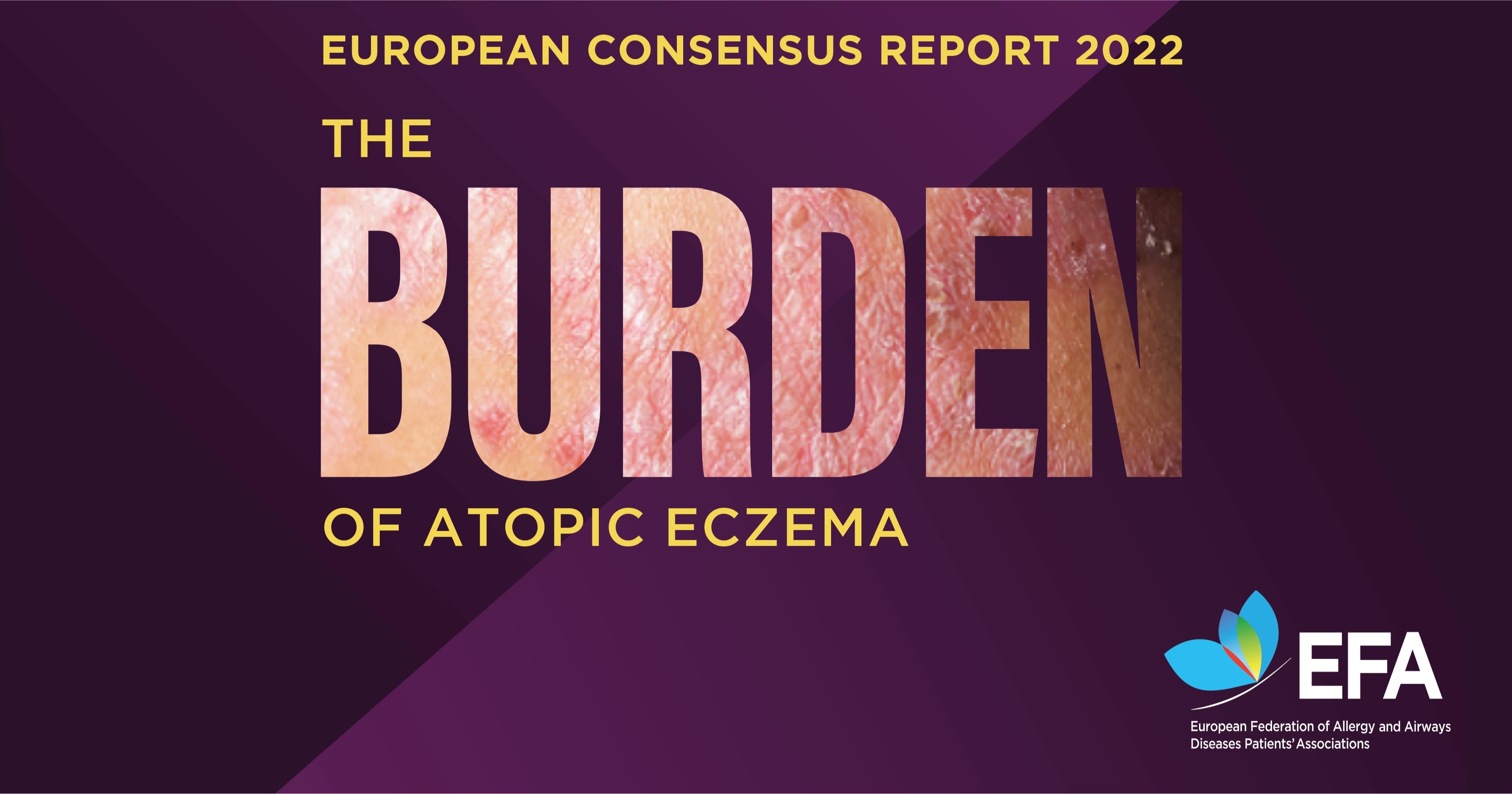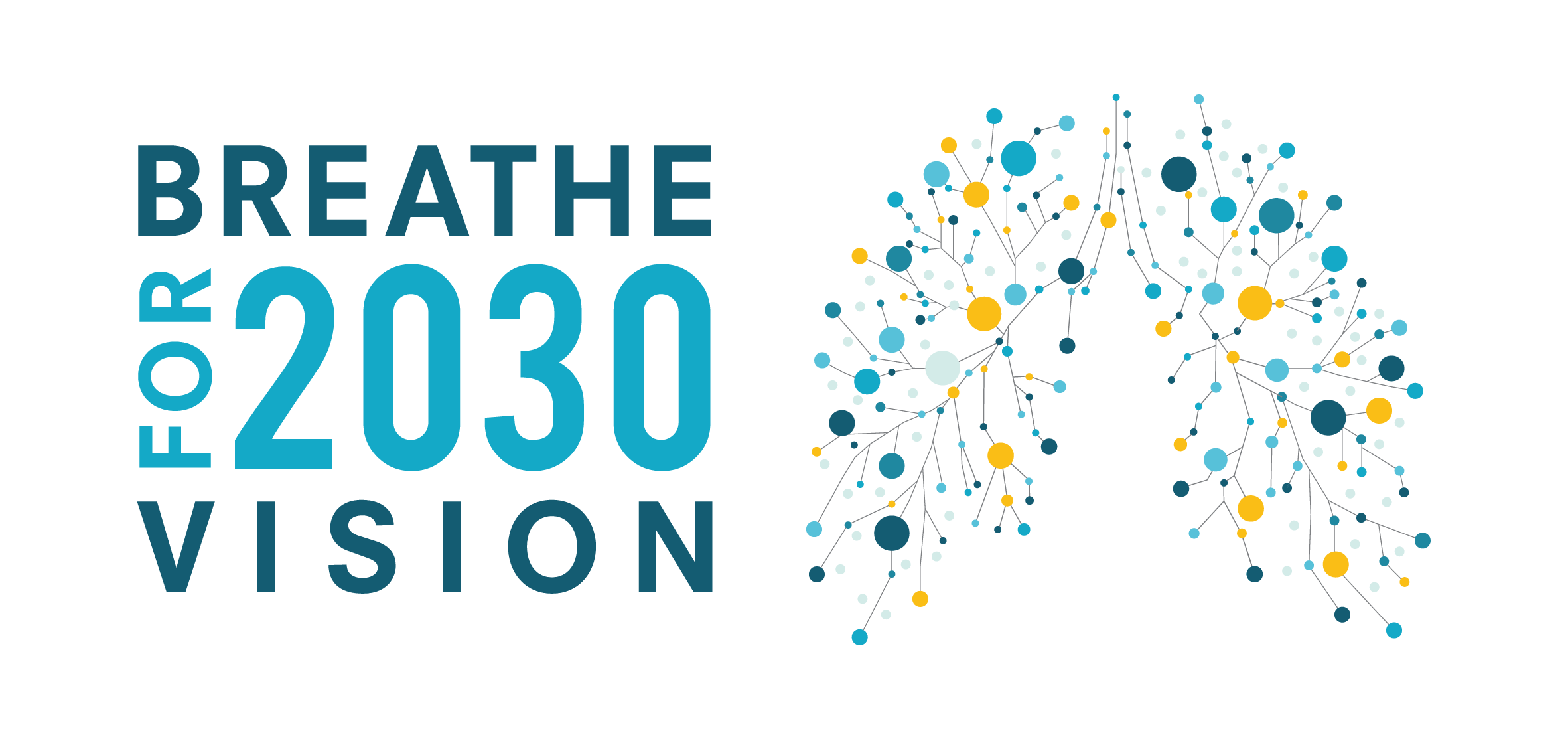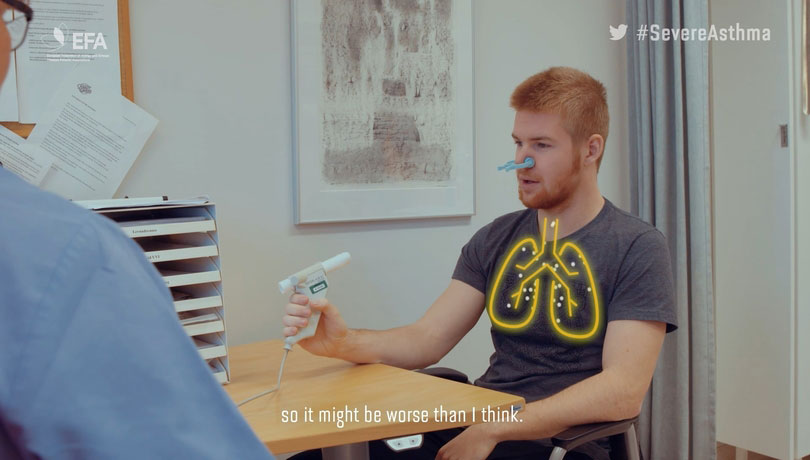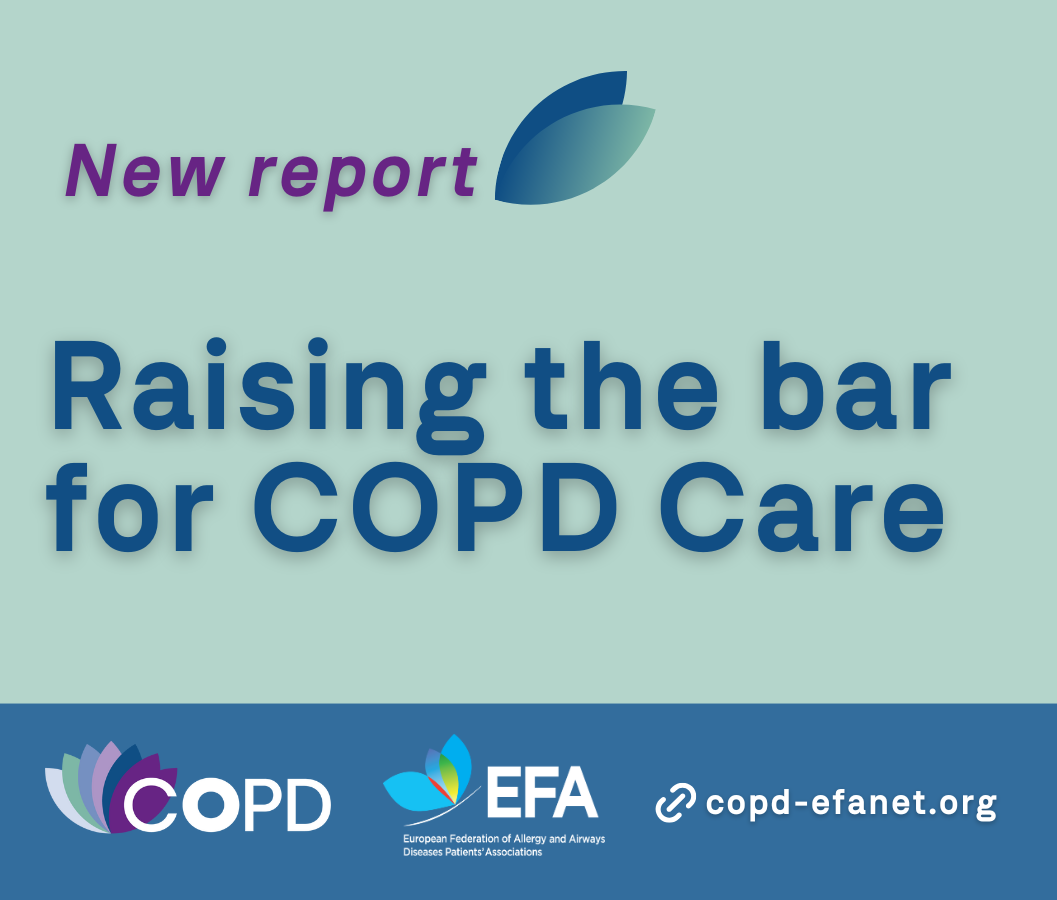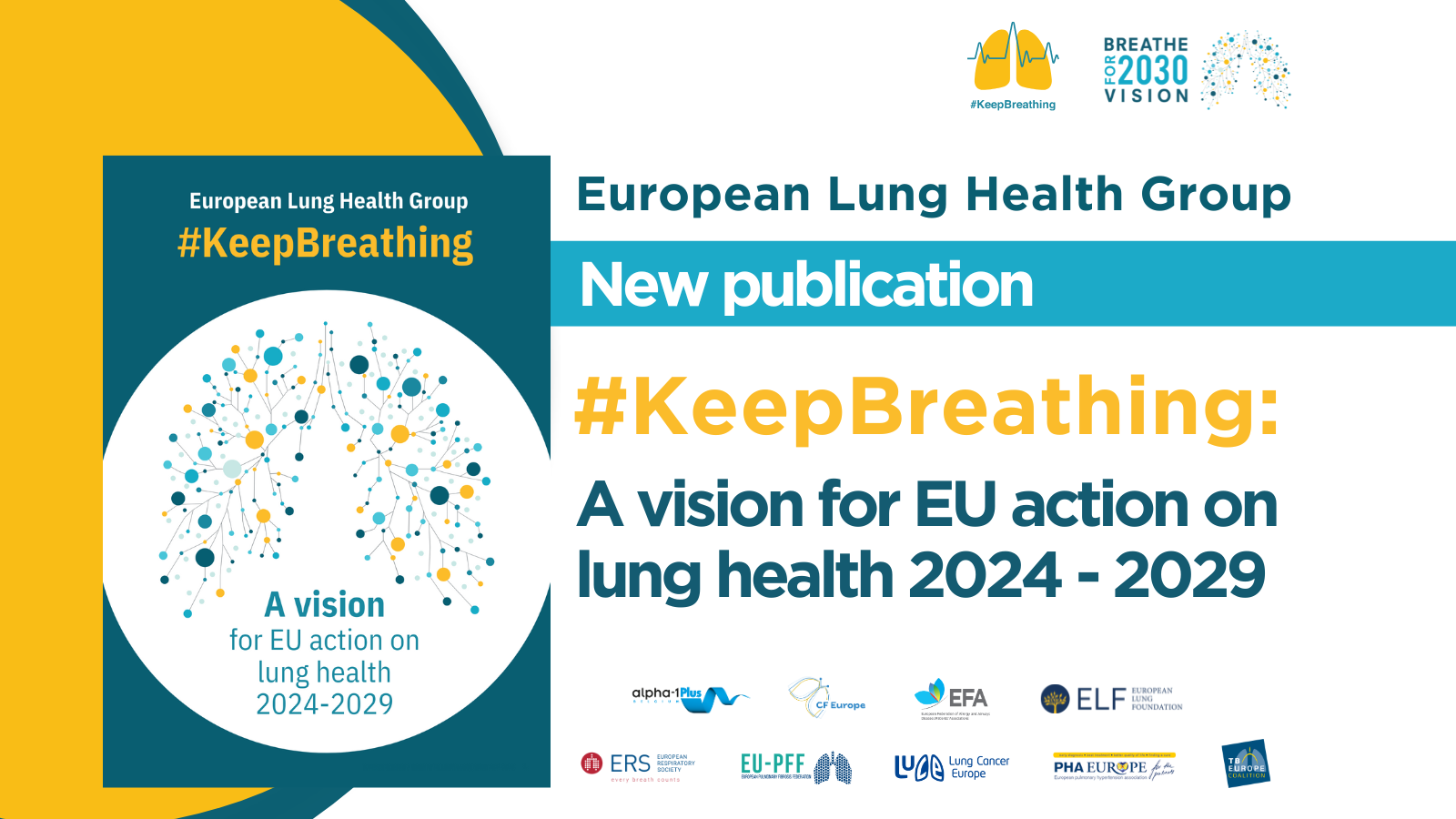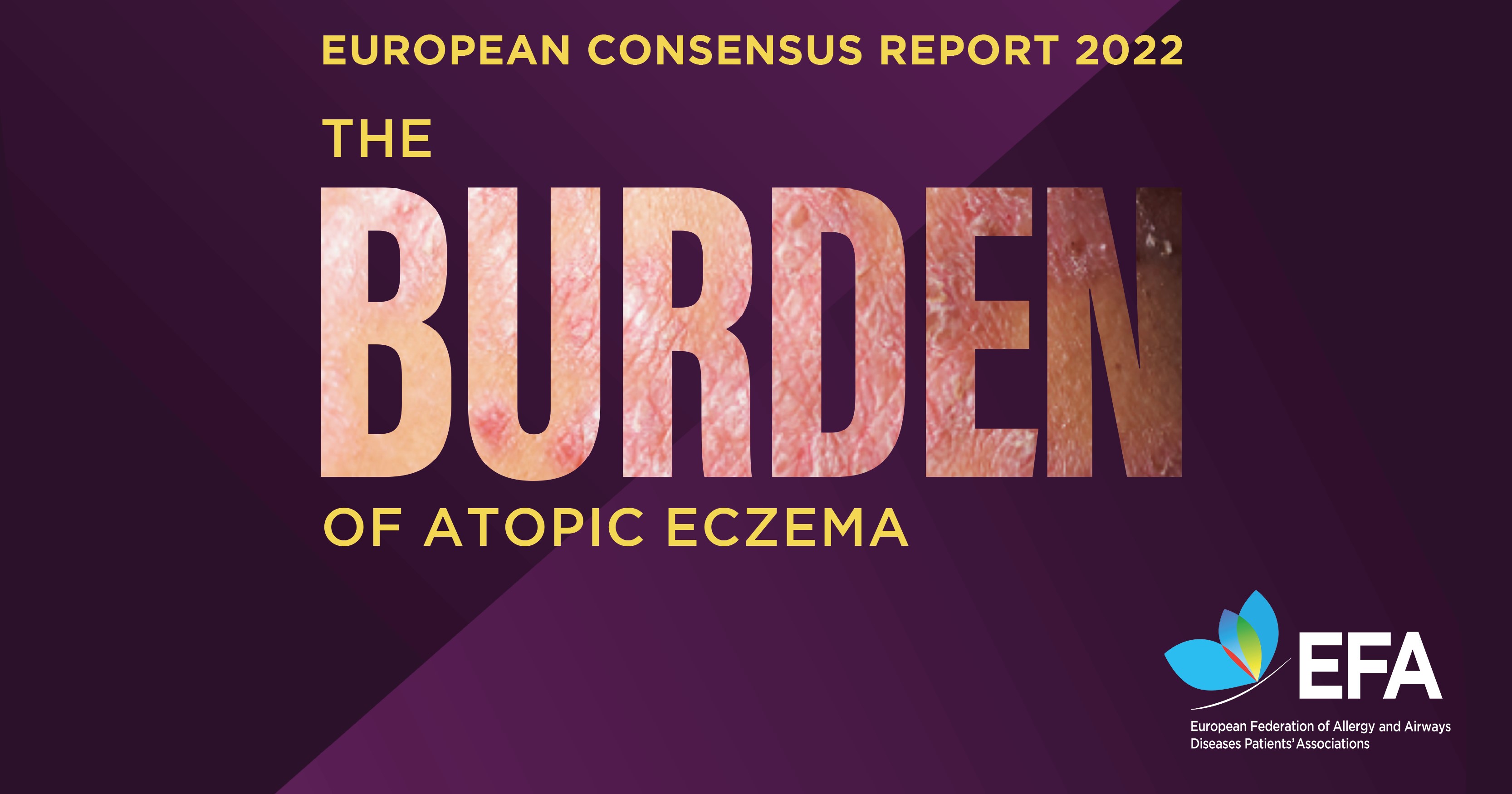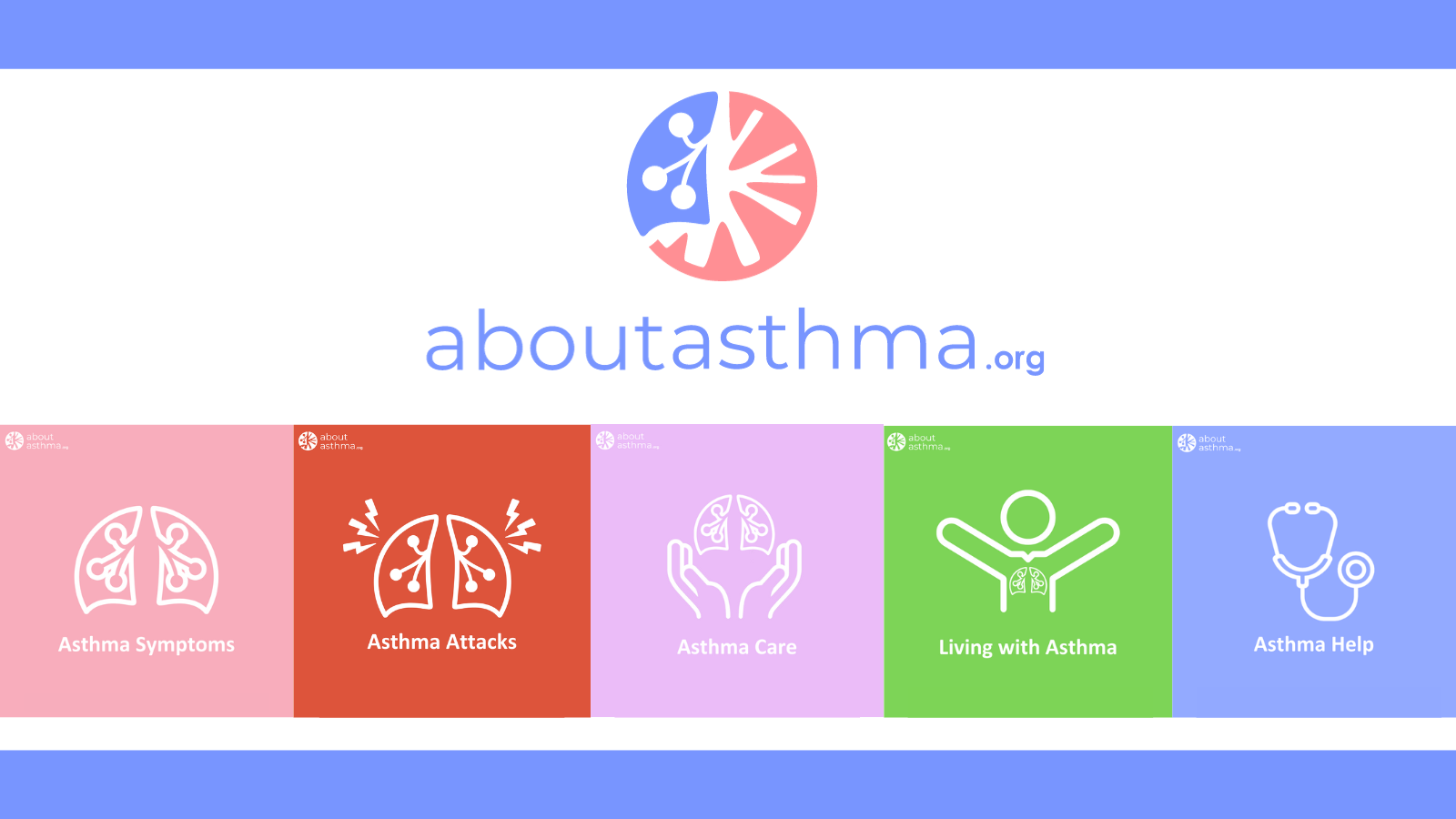Our lungs may look similar, but they are not exactly the same. They differ on shape, capacity and properties just like our eyes do not have the same colour. To help understand more about the functioning of sick lungs, the European Union funded AirPROM, a project that aimed to create a detailed model of the human lung.
AirPROM refers to Airway Disease Predicting Outcomes through Patient Specific Computational Modelling involving researchers from a wide variety of fields. Thanks to their different backgrounds, AirPROM partners worked together to determine micro – and macro-small airway models and a macro-large airway model to see how the human lung works. Through AirPROM, healthcare professionals used of a virtual tool to see progression on respiratory disease and be able to anticipate individual patients’ response to medicine before they begin to follow treatment.
In the words of Professor Chris Brightling, AirPROM project coordinator “Current treatment for chronic obstructive pulmonary disease (COPD) and asthma adopt a ‘one size fits all’ approach. People with these respiratory diseases are therefore missing out on the right treatment to help them manage their condition. AirPROM patient-specific models helped us monitor the disease, monitor how they progress in order to make current treatments much more specific and targeted to benefit COPD and asthma patients.”
To build the model of the human lung, AirPROM took data from key European projects on bioengineering or computational modeling, and combined them with new data resulted from AirPROM with the aim of bridging current research gaps in clinical management of airways disease.
AirPROM partners created a customizable lung model for patients that enable clinicians accurately predict patient’s reaction to medications, opening the door to the design and development of personalised treatment for patients.
EFA’s Involvement
EFA represented patients within the AirPROM consortium together with the European Lung Foundation. Due to the complexity and diversity of AirPROM research, our mission was to explain project findings to patients and the general public through patient-friendly language, understandable.
In this sense, EFA have contributed to the project with several patient-friendly materials and activities:
- AirPROM prospectus explaining the project results and continuation - August 2017
- Organisation of the closing event at the European Parliament showcasing AirPROM results (event report) - May 2016
- Video interviews with AirPROM research leaders
- AirPROM booklet explaining the project objectives – August 2014
- AirPROM mid-term results to date were presented at the European Parliament in an EFA event: “Does innovative research for allergy and respiratory disease in the European Union benefit patients?”. We disseminated to patients in Europe the outcomes of the event through a Press release and an Event report– June-July 2014
Please visit AirPROM website and Twitter to follow up to date information on the project. Do not hesitate to connect our AirPROM group on LinkedIn for more information.
Our lungs may look similar, but they are not exactly the same. They differ on shape, capacity and properties just like our eyes do not have the same colour. To help understand more about the functioning of sick lungs, the European Union has funded AirPROM, a project that aims to create a detailed model of the human lung.
AirPROM refers to Airway Disease Predicting Outcomes through Patient Specific Computational Modelling involving researchers from a wide variety of fields. Thanks to their different backgrounds, AirPROM partners have worked together to determine micro – and macro-small airway models and a macro-large airway model to see how the human lung works. Through AirPROM, healthcare professionals will use of a virtual tool to see progression on respiratory disease and be able to anticipate individual patients’ response to medicine before they begin to follow treatment.
In the words of Professor Chris Brightling, AirPROM project coordinator “Current treatment for chronic obstructive pulmonary disease (COPD) and asthma adopt a ‘one size fits all’ approach. People with these respiratory diseases are therefore missing out on the right treatment to help them manage their condition. AirPROM patient-specific models will help us monitor the disease, monitor how they progress in order to make current treatments much more specific and targeted to benefit COPD and asthma patients.”
To build the model of the human lung, AirPROM took data from key European projects on bioengineering or computational modeling, and combined them with new data resulted from AirPROM with the aim of bridging current research gaps in clinical management of airways disease.

